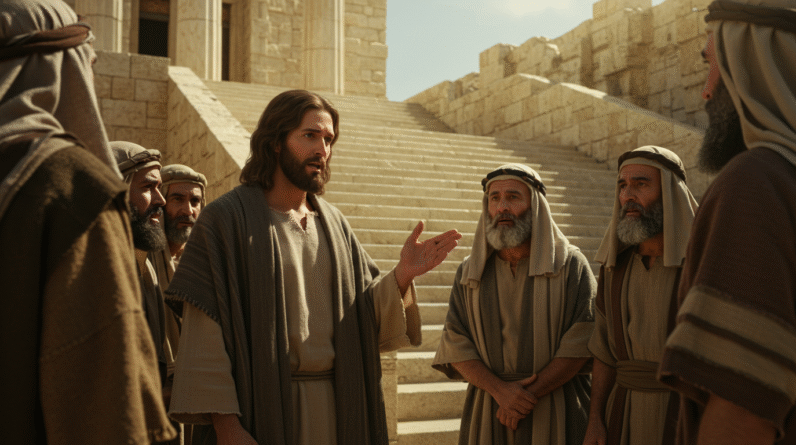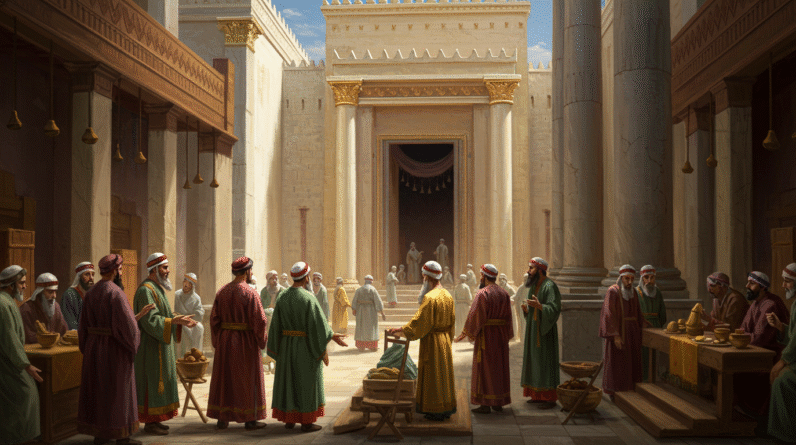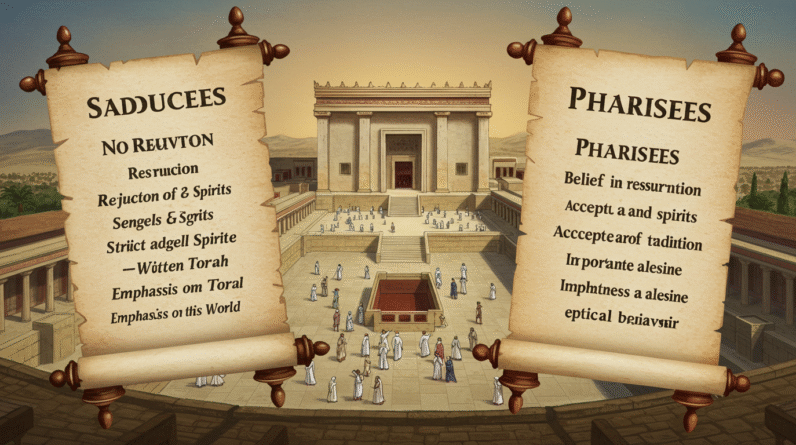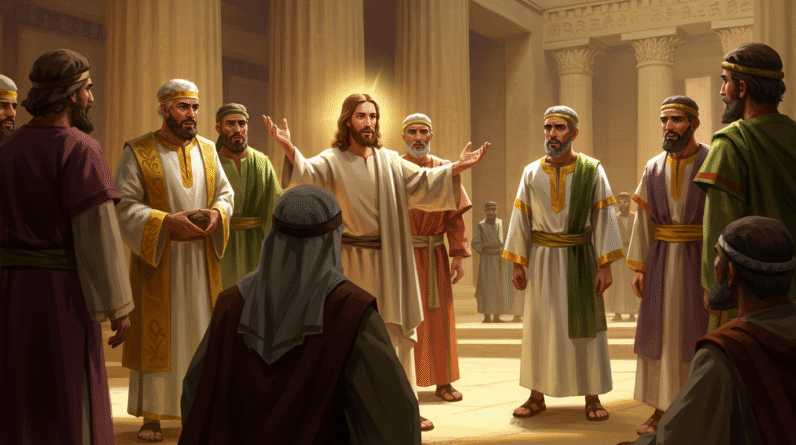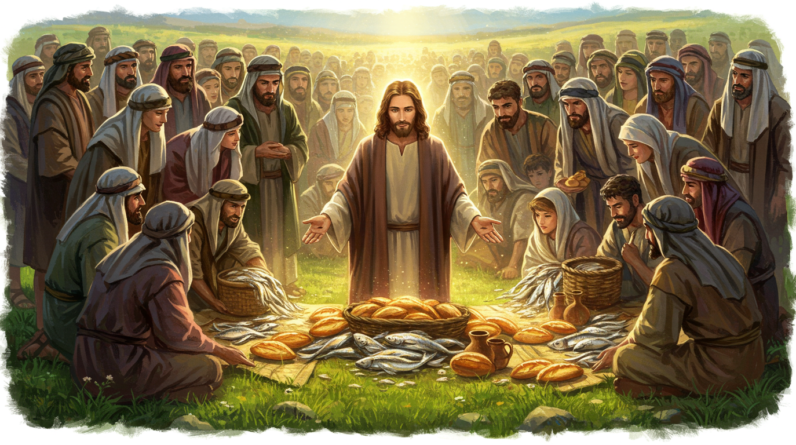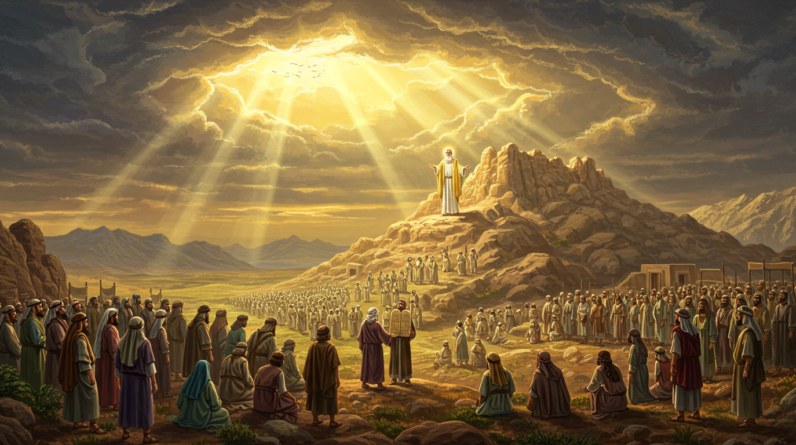What Happened to the Sadducees After Jesus’ Time?
In the tapestry of biblical history, the Sadducees hold a unique and fascinating position. Their presence, rivaling that of the Pharisees, was a significant part of the Jewish religious landscape during the Second Temple period. Yet, after a certain point in history, they seemingly vanish from the picture, leaving behind a trail of questions. So, what really happened to the Sadducees after Jesus’ time? Let’s dive into this story, unraveling the threads of Sadducees history that lead us to their eventual disappearance.
Who Were the Sadducees: Setting the Scene
To understand the fate of the Sadducees, it’s crucial to know who they were. The Sadducees were a sect of Judaism that emerged around the 2nd century BCE, during the Hellenistic period. They were predominantly from the priestly and aristocratic classes of Jewish society. As theological conservatives, they adhered strictly to the written Torah and denied many of the traditions embraced by the Pharisees. Their belief system excluded the concept of the afterlife and resurrection, making them a foil to the more populist Pharisees who believed in resurrection and the power of oral traditions.
The Sadducees held substantial power due to their positions in the Temple’s priesthood and their influence in the Sanhedrin, the Jewish ruling council. This placed them at the heart of religious and political life. Yet, this power was deeply tied to the existence of the Temple, setting the stage for their eventual decline.
The Relationship Between Jesus and the Sadducees
During the time of Jesus, the Sadducees interacted with Him on several occasions. They often sought to challenge His teachings, especially those regarding resurrection and eternal life. A notable interaction occurs in Matthew 22:23-33, where the Sadducees posed a question about resurrection to trap Jesus, only for Him to confound them with His wisdom. This antagonistic relationship illustrates their doctrinal differences and their resistance to Jesus’ growing influence. Despite their confrontations, the Gospels focus more on the conflicts between Jesus and the Pharisees, perhaps overshadowing the role of the Sadducees.
The Fall of Jerusalem: A Critical Turning Point
The fate of the Sadducees is closely tied to the fate of the Temple in Jerusalem. In 66 CE, a Jewish revolt began against Roman occupation, known as the First Jewish-Roman War. This conflict reached its climax in 70 CE with the destruction of the Second Temple by the Romans. This event was catastrophic not just for the Jewish population but especially for the Sadducees, whose power and identity were intimately connected to the Temple. Without it, their priestly functions were rendered obsolete.
The Sadducees and the Destruction of the Temple
The destruction of the Temple marked a symbolic fall of the Sadducees. Their worldview, deeply rooted in temple-centric worship and sacrifice, lost its foothold with the Temple’s ruin. Unlike the Pharisees, who had a more flexible system reliant on local synagogues and oral traditions, the Sadducees struggled to adapt to a reality without a central sanctuary. Their rigid interpretation of the law and resistance to popular religious innovations left them without a foundation once the Temple was gone.
In the jars of history, 70 CE echoes as the year that encapsulates the symbolic end of the Sadducees. Their influence, like the fading columns of the Temple, began to crumble, leaving room for other Jewish sects and later rabbinic Judaism to arise and flourish.
The Diaspora and the Dispersal of the Sadducees
With the destruction of the Temple and Jerusalem, Jewish society transformed. Many Jews were exiled, resulting in a diaspora that scattered communities across the Roman Empire and beyond. For the Sadducees, whose practices and beliefs were Temple-centric, dispersal posed a substantial dilemma. Unlike other Jewish groups that could adapt and evolve, historical records suggest that the Sadducees didn’t reconstitute themselves in the diaspora. They simply faded into obscurity, their practices unsustainable in isolation from the religious heart of Jerusalem.
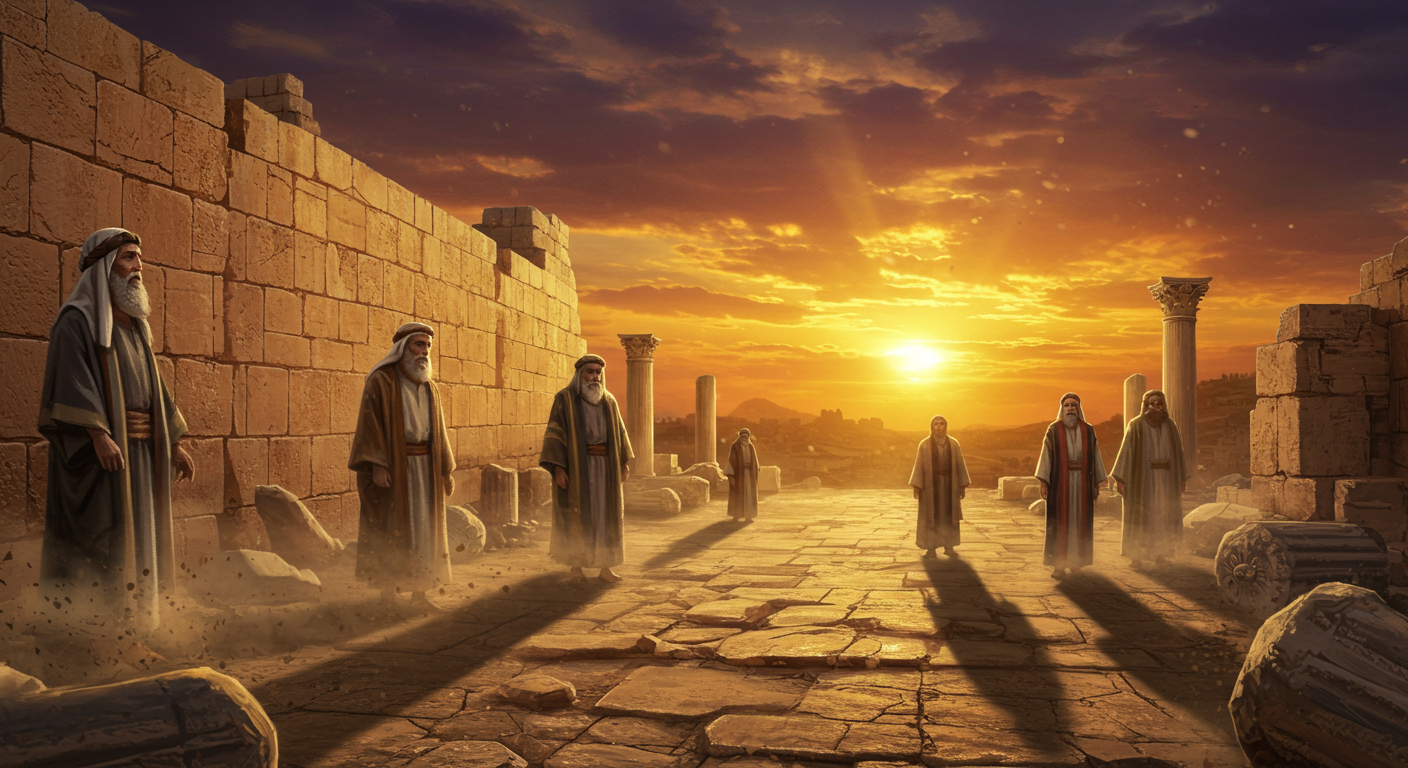
Emergence of Rabbinic Judaism
After the Second Temple’s destruction, Judaism entered a new era—the age of Rabbinic Judaism. Pharisaic traditions, which were adaptable and portable, laid the foundation for this new form of religious practice, one centered around the synagogue and study of the Torah. As Rabbinic Judaism rose, the Sadducees, with their insistence on the literal text and temple-based rituals, became increasingly irrelevant. The adaptability of Pharisaic traditions provided a lifeline for Judaism in a drastically changed world, where the physical Temple no longer stood.
Sadducees Legacy: Historical Footnotes
In modern scholarship, the Sadducees are often viewed as a footnote in Jewish history. You might wonder about their long-term impact given their abrupt disappearance. While the Sadducees as a group didn’t leave a lasting legacy, their role in shaping early Jewish religious, social, and political life was significant. They represent one side of a dynamic religious debate that contributed to the vibrant diversity of Second Temple Judaism. Despite their eventual fall from prominence, examining Sadducees history provides valuable insights into the religious and political currents present during this transformative period.
What We Can Learn from the Sadducees
Looking back on the history of the Sadducees offers critical lessons. Their adherence to a rigid interpretation of tradition, while providing stability, also led to their inability to adapt in times of crisis. In a rapidly changing world, flexibility and openness to new ideas can be essential for survival. The end of the Sadducees reminds us that no matter the height of power, the ability to evolve with the times is crucial. Their story is a poignant reminder that survival often hinges on adaptability rather than adherence to traditional power structures.
Reflecting on Sadducees History
Drawing on the layers of Sadducees history, it’s clear that their fate was sealed by a combination of rigid doctrinal adherence and the catastrophic fall of the Temple. This narrative calls us to reflect on how groups withstand change and what it means to hold onto tradition in the face of evolving realities. The Sadducees’ story contributes to our understanding of resilience—or the lack thereof—within religious and cultural identities.
Conclusion: The Vanishing Legacy
The story of the Sadducees is one of a rise to power followed by a precipitous fall. From their pivotal roles in temple ceremonies to their theological debates with Jesus, they were firmly entrenched in the fabric of their time. However, the very foundations of their power were swept away with the fall of the Temple. As Rabbinic Judaism emerged, it became a silent chapter in history. While their doctrines and practices dissolved, their presence in the historical narrative serves as a reminder of the dynamic and shifting nature of religious life.
Explore More
For further reading and encouragement, check out these posts:
👉 7 Bible Verses About Faith in Hard Times
👉 Job’s Faith: What We Can Learn From His Trials
👉 How To Trust God When Everything Falls Apart
👉 Why God Allows Suffering – A Biblical Perspective
👉 Faith Over Fear: How To Stand Strong In Uncertain Seasons
👉 How To Encourage Someone Struggling With Their Faith
👉 5 Prayers for Strength When You’re Feeling Weak

📘 Jesus and the Woman Caught in Adultery – Grace and Mercy Over Judgement
A powerful retelling of John 8:1-11. This book brings to life the depth of forgiveness, mercy, and God’s unwavering love.
👉 Check it now on Amazon
As a ClickBank Affiliate, I earn from qualifying purchases.
Acknowledgment: All Bible verses referenced in this article were accessed via Bible Gateway (or Bible Hub).
“Want to explore more? Check out our latest post on Why Jesus? and discover the life-changing truth of the Gospel!”



